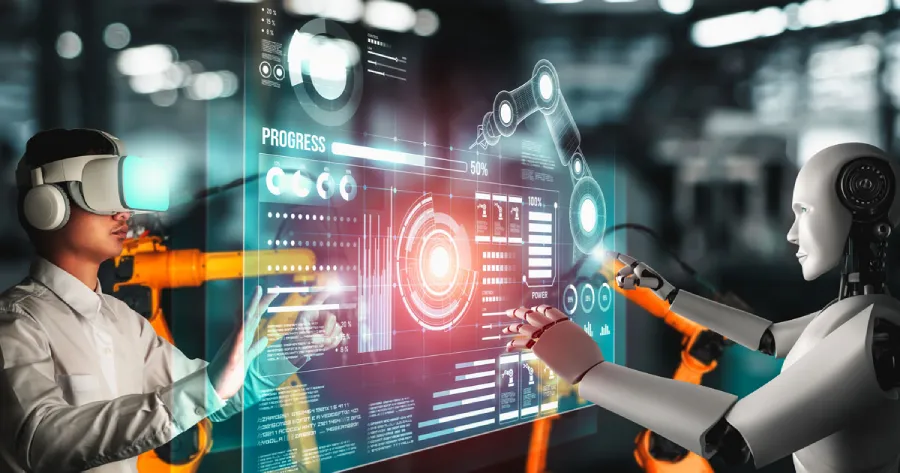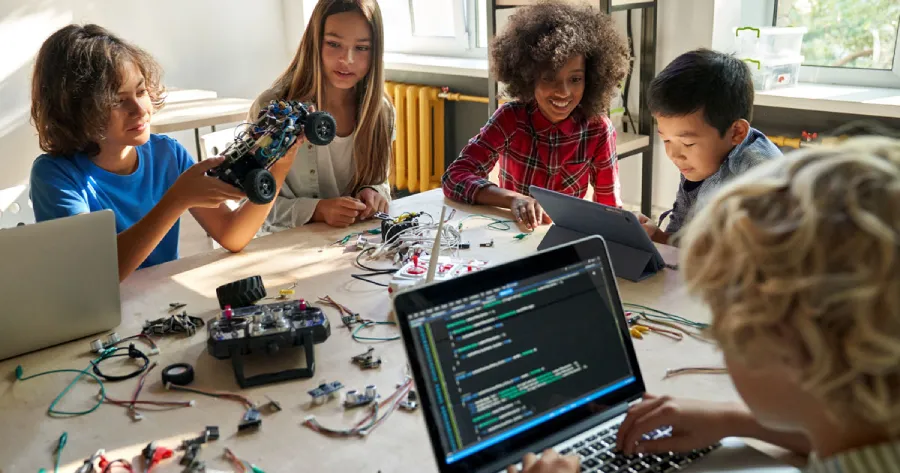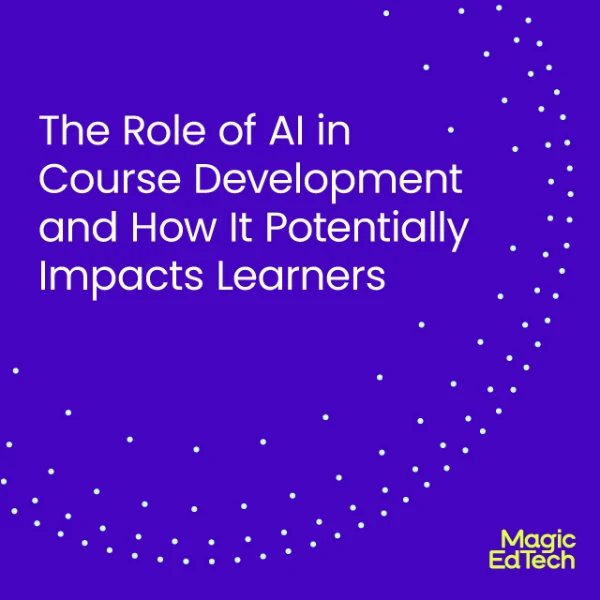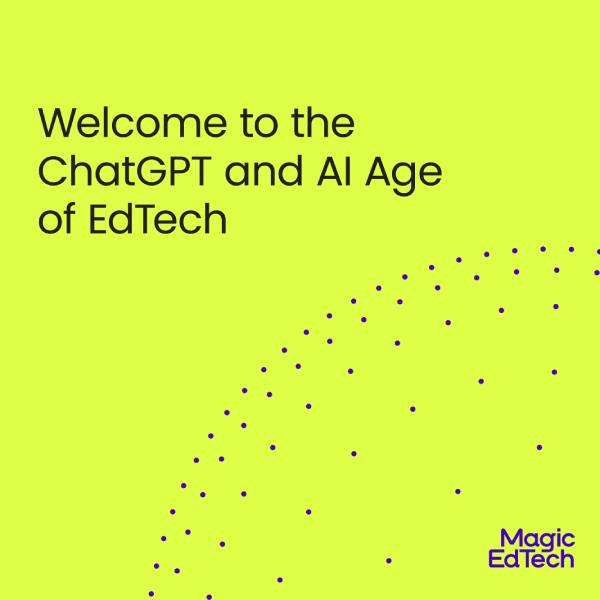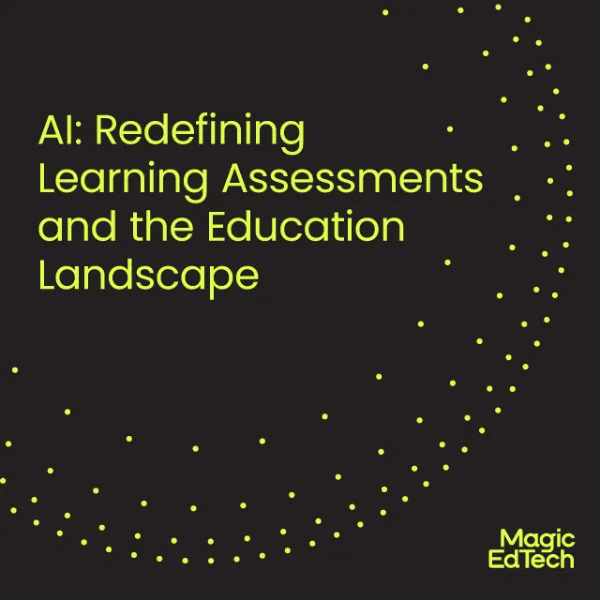Harnessing the Power of Generative AI in Education: A Responsible Approach
- 13 June, 2023
- Reading Time: 7 mins
Understanding Generative AI: A Revolutionary Technology
“It is not the strongest of the species that survives, nor the most intelligent, but the one most responsive to change.” – Charles Darwin
Isn’t it so fascinating how Charles Darwin’s words continue to resonate even in today’s world of rapidly advancing technology? We live in an era where artificial intelligence is evolving at an astonishing pace, and it’s becoming more integrated into our daily lives than ever before. But as we embrace this technological revolution, we must also grapple with the ethical dilemmas it brings, particularly when it comes to generative AI.
Generative AI, with its ability to create and generate new content, has immense potential. However, it also carries the risk of bolstering biases and unfairness if not handled with care. That’s why we need to confront the complex issues it presents and delve into the ethical implications associated with generative AI. It’s crucial to acknowledge that these AI systems can indeed possess biases and understand the significance of promoting fairness throughout their development and implementation.
By recognizing and addressing potential biases, we can steer the advancements in AI toward positive outcomes. This way, we ensure that the incredible potential of AI is harnessed responsibly, without causing harm or perpetuating discrimination. So, in this ever-changing landscape of generative AI, let’s embrace the challenge of addressing ethical implications head-on. By taking on this task, we have the power to mold the future of AI in a way that brings advantages to everyone and promotes the creation of a fairer and more inclusive society.
Confronting Bias and Fairness in AI: Tackling The Ethical Dilemma
You know, when it comes to generative AI, there’s a critical ethical complication we need to address – the issue of bias and fairness. It’s a subject that has captured the attention of experts, and studies like Cathy O’Neil’s, “Weapons of Math Destruction,” shed light on the alarming risks of biased algorithms, revealing how AI systems can reinforce inequalities.
The root of the problem lies in the data used to train generative AI models. Often, this data reflects the biases deeply ingrained in our society. And if the training data itself is biased, it’s no surprise that the outputs generated by the AI system will be biased as well, leading to unfairness. So, what steps can we take to address this issue head-on and mitigate the risks?
First things first, it is important to collect data from a variety of sources and to ensure that the data is representative of the population that the model is intended to be used on. This means ensuring that the data includes people from a variety of backgrounds such as different races, ethnicities, genders, and sexual orientations. By including a rich assortment of perspectives and experiences, we ensure a more representative dataset which in turn sets the stage for a fairer AI model.
But it doesn’t stop there. Once we’ve gathered the data, we must work on cleaning and reprocessing the dataset. This means having the data go through careful examination, searching for any hidden biases or prejudices that might taint the AI’s decision-making process. We must also embrace ongoing evaluation and monitoring. Regularly assessing the performance and outputs of generative AI models is crucial to detect and correct any emerging biases.
Generative AI in Education: A Double-edged Sword
Now we go onto the potential risk of generative AI introducing negative societal impacts worldwide in every sector, but we will specifically focus on the educational stance. It’s like a double-edged sword. While AI technologies offer opportunities for incredible innovation and improvements in education, there are ethical implications that need to be carefully considered.
One of the primary concerns is the potential reduction of human interaction and the personal touch that teachers bring to the table. As AI tools like ChatGPT become more prevalent in educational settings, there’s a risk of diminishing the meaningful connections between teachers and students. These connections are crucial for effective progressive education, fostering mentorship, and inspiring students to reach their full potential. We must find ways to strike a balance between AI-driven tools and human interaction to ensure a personalized educational experience.
Another critical issue arises when we talk about the use of generative AI in assessments and grading. The fairness and potential bias of these AI systems raise valid questions. If the underlying training data is biased or reflects existing prejudices and inequalities, the AI’s assessments and grading can inadvertently represent those biases. This jeopardizes the principles of fairness and equal opportunity in education.
In addition to the ethical concerns surrounding bias and fairness, the integration of generative AI in education also brings issues regarding privacy and data usage. According to a study conducted by the National Academy of Education (NAEd), the use of AI technologies in education often involves the collection and storage of vast amounts of student information. This ranges from basic demographic information to detailed academic records. This includes performance data, learning preferences, and even social and emotional factors. While this data can enhance personalized learning experiences, adaptive assessments, and targeted interventions, it also raises significant concerns regarding data privacy and security, increasing the risk of unauthorized access, data breaches, and/or misuse.
The Human Touch in Education: An Irreplaceable Element
We must take proactive steps to ensure its responsible and ethical use. We have the power to shape the way AI integrates into educational settings by establishing clear guidelines and procedures. Collaboration between educational institutions and policymakers is crucial in this process. One of the key aspects that need attention is data privacy and security. Educational institutions should develop policies to safeguard student information, addressing concerns about data collection, storage, and access. Prioritizing transparency and establishing clear protocols can build trust among students, teachers, and parents, ensuring that their data is protected and used responsibly.
Effective communication is another vital component. It’s essential to openly discuss and explain the role of generative AI tools in education. Students and teachers should be aware of the limitations and biases associated with these technologies. By promoting a clear understanding of AI’s capabilities and potential shortcomings, we can empower the user to engage with AI-driven tools with a healthy level of skepticism.
Most important of all, it’s absolutely crucial to remember that generative AI should complement rather than replace human teachers. The personal touch and expertise that teachers bring to the classroom are irreplaceable. AI can support and enhance their work by offering innovative ways of assessment, personalized learning experiences, and collaborative opportunities. For instance, AI can assist teachers in analyzing student work and providing timely feedback, enabling a more efficient and tailored learning process. With a thoughtful and human-centered approach, we can ensure that technology serves as a valuable tool to enhance teaching and learning, promoting a future where both AI and human educators work hand in hand for the benefit of students.
Intellectual Property Rights: A Crucial Aspect of AI in Education
Who holds the rights to the content generated by AI? Should the credit go to the AI system itself, the user who trained it, or the original creators whose work might have inspired the AI model? These are all important questions that are raised when discussing the ownership and attribution of AI-generated material and content.
To address these questions, educational institutions and policymakers must develop comprehensive policies and legal frameworks. These frameworks should provide clarity on ownership, fair use, and attribution of content created using generative AI. By establishing clear guidelines, we can protect the intellectual property rights of individuals and provide a fair and respectful environment for content creation and sharing. These intellectual property rights should then be educated to students and teachers to encourage respect for original work. Our mission should always be to ensure that AI in education respects the rights and contributions of all stakeholders, shaping an environment that encourages creativity and innovation while upholding the principles of intellectual property rights.
Looking Ahead: Planning a Responsible Course for AI in Education
As we stand at the crossroads of AI and education, it’s important to start implementing a responsible course forward. We have the opportunity to leverage the potential of generative AI while mitigating any negative consequences it may bring. By placing guidelines and procedures for data privacy and security, promoting transparency in our practices, and upholding the role of human teachers, we can ensure a responsible integration of AI in education. By embracing all of the possibilities of Generative AI and continuously evaluating its impact, we can shape a future where AI and human interaction coexist harmoniously, amplifying the educational experience.
As we move forward, let’s remain proactive, informed, and ethical in our approach. By being responsive to change and embracing the potential of AI while respecting the core values of education, we can ensure that it becomes a force for good. Together, let’s drive positive change and unlock the power of AI in education and beyond.

